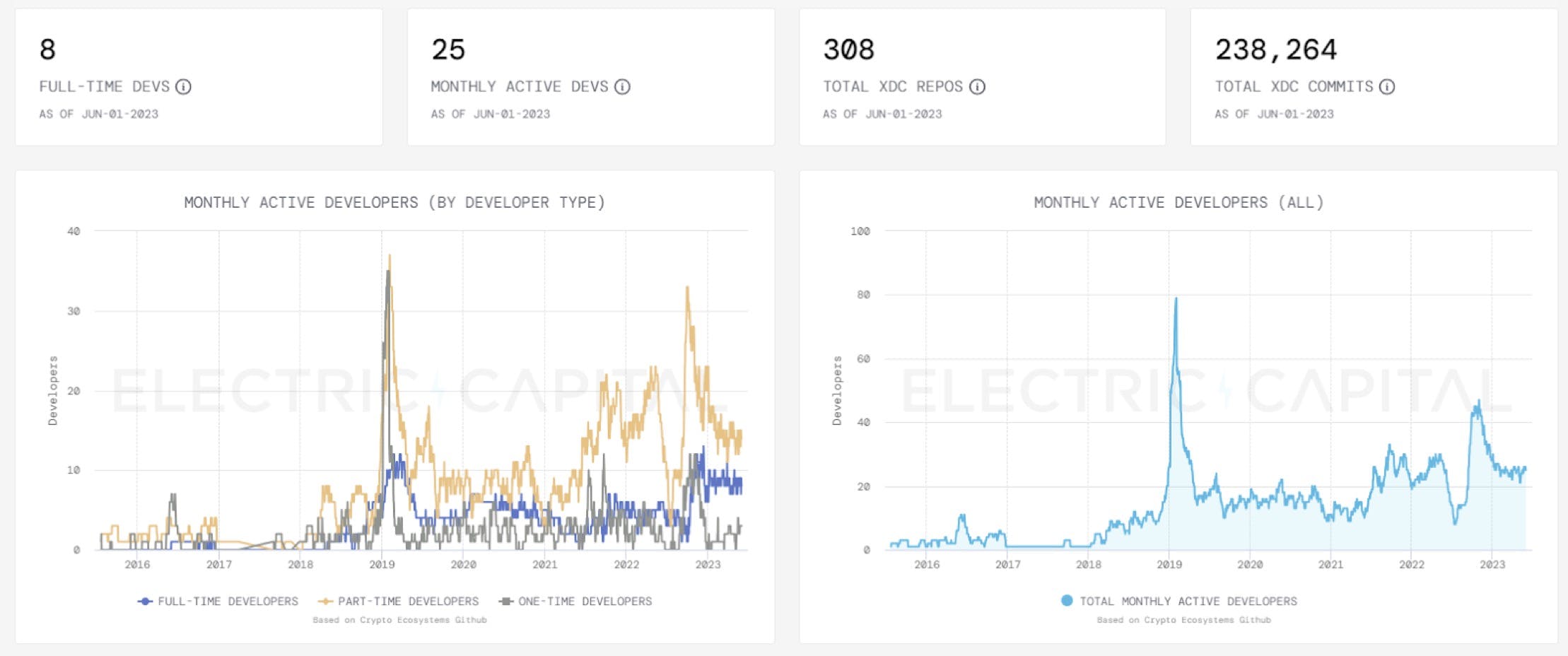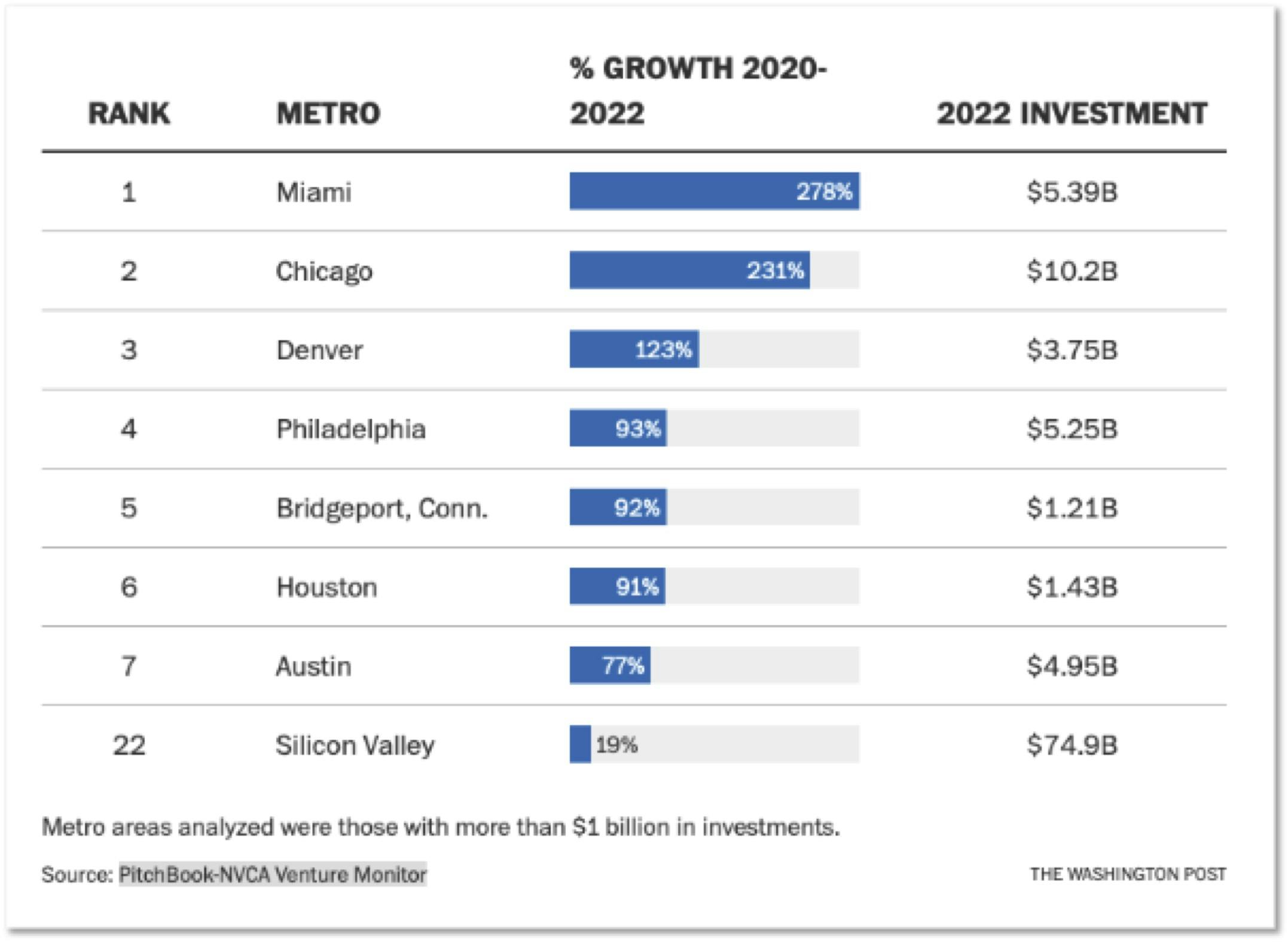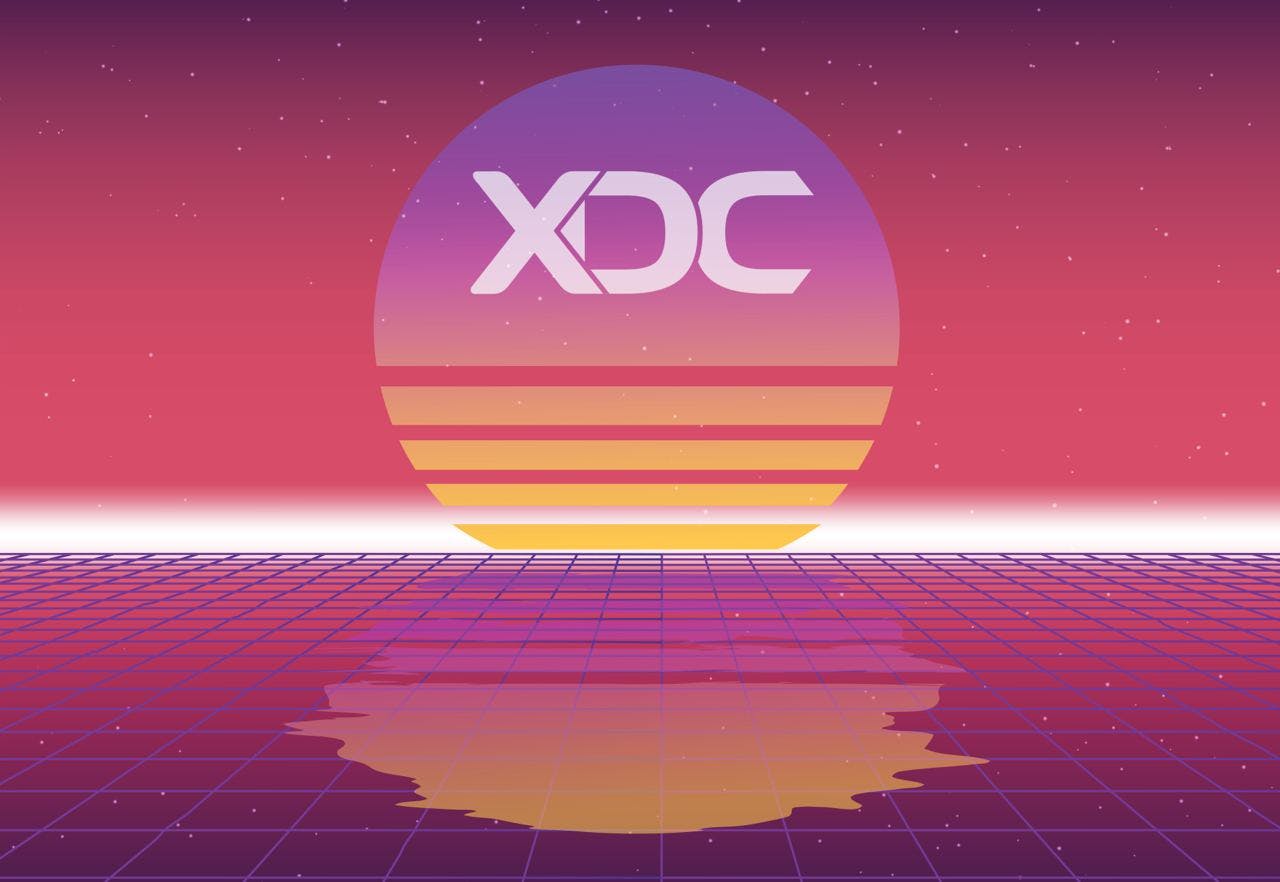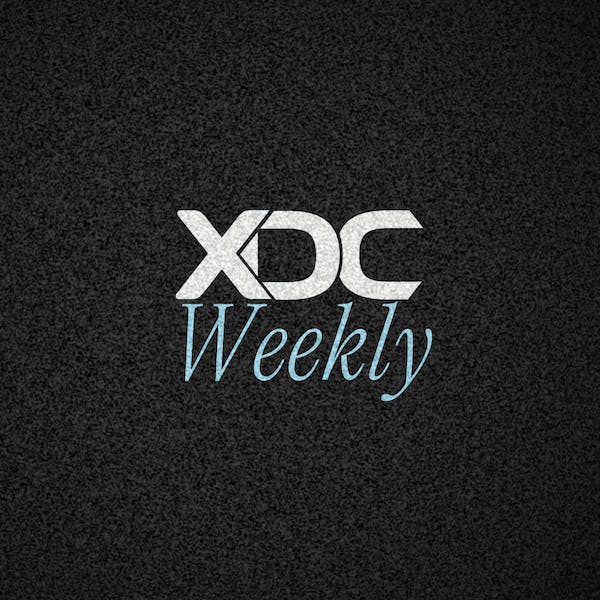XDC Foundation leans into hackathons and other means to advance and cultivate the XDC developer community
‘ha-kǝ-,thän
What does your mind conjure up when you hear the word hackathon? Based on certain nefarious events, it could be something like this:
A small group of masked marauders maliciously breaking into coded software for criminal purposes, such as stealing funds, holding a computer ransom, or general sabotage.
A less villainous image may look more like this:
A dimly-lit room filled with long tables and chairs; an accumulation of half empty energy drinks at every station; the glare of computer screens cast on the glazed eyes of hoodie-clad twentysomethings, fingers pounding their keyboards like a classical pianist’s fury in Tchaikovsky’s Piano Concerto No. 1.
In the present day, hackathons are a closer fit to that last description, or at least a version of it. Their purpose? To bring bright developers together to provide solutions to a specific need in a short amount of time. But dark rooms and all-nighters are mostly a thing of the past. Hackathons today encourage all who are interested in an energized development-focused event to participate, including those with no experience.
The modern hackathon concept goes back to 1929 when Mahatma Gandhi organized a competition in India to encourage the development of a more portable textile-producing spinning wheel. The term itself — a blend of “hacking” and “marathon” — traces to 1999 when OpenBSD hosted an event to bring together developers in an effort to fix bugs in its IP communications system.
Since then, hackathons have been conducted in various industries to promote a common goal, typically focused on developer communities.
Hackathons are a way of life for the XDC Network
Adoption of the XDC Network continues to grow, and developer hackathons have become a way to foster a well-rounded ecosystem. It’s no secret that hackathons have been a successful strategy for web3 projects to create brand awareness and spark a new generation of developers. As a Layer 1 blockchain which has been operating for four years, the XDC Network has readily matured into an attractive destination for this type of activity.
The network was built to help modernize and solve complex issues facing the trade finance industry. It serves that purpose well. But it is also built to accommodate a diverse range of applications in the world of web3. To this end, the many who support network adoption have also focused on fostering a rich developer environment — through hackathons and other means — that serve a variety of projects and pave the way for broad collaboration.
Jonathan Murray, co-founder of XDC Community, points out in his recent article, The Power of Developer Communities, that “building a strong and vibrant developer community is not just about fostering collaboration and knowledge-sharing; it is a key driver of innovation, progress, and the long-term viability of a blockchain project.” He goes on to explain how “hackathons have emerged as a powerful catalyst for innovation within the blockchain space.” Specifically, the high-energy environment of a hackathon provides an opportunity for participants to showcase their skills, experiment with novel concepts, and build a project in a collaborative atmosphere that also encourages achievement through competition.
For entities supporting blockchains like the XDC Network, hosting and sponsoring hackathons provides valuable industry exposure that will attract talented developers, fresh perspectives, and novel or needed applications and tools for the network.
A recently-posted article on XDC Network’s developer portal XDC.dev by Lance Lilly, Ecosystem Development Manager for XDC Foundation, discusses metrics used to gauge a blockchain’s developer participation. Titled Developer Growth on the XDC Network, the article points out that developer growth and community engagement are significant factors used to gauge the health and vibrancy of a blockchain ecosystem.
A June 1 report by Electric Capital — an early stage technology investor — measures full-time, part-time, and total developers in different ecosystems in the blockchain industry. According to the XDC.dev article, “full-time developers provide GitHub commits 10 days per month; part-time developers less than 10 days per month; and one-time developers submit just once. These three categories are then added together to count monthly active developers for the network.”
According to the Electric Capital report, the XDC Network had a 100% increase in full-time developers, with the total developer count remaining roughly the same as it was in previous months. This is possible because the report emphasizes daily network developer activity through the number of commits per day per month rather than the total number of commits for the month.

Electric Capital Developer Report, 6-1-23
While there are certainly more than eight full-time developers building within the XDC ecosystem, open and public contributions to the network and community are what matters in the context of this particular report.
And while that standard is used to differentiate a full-time versus a part-time developer, there is an implication that a full-time developer for a network is venturing to do much more of all things developers care about - sharing, collaborating, and building.
Public-facing measurables, such as the one the Electric Capital report provides, are meaningful to XDC Network constituents beyond the numbers and what they suggest about growth. The report offers an industry model by which XDC Foundation, XinFin and other network supporters can use as a guide to facilitate developer support, usage and growth.
Quincy Jones, Lead Solidity Developer for XDC Foundation, demonstrates a more technical approach to cultivating a developer community through the creation of smart contract templates that can easily be adapted to a project’s unique needs and then deployed on the XDC Network. As outlined in his Automating Agreements with the XDC Network article, he starts with a basic contract that represents any asset — stock, commodity, debt, eg. There is built-in functionality that allows for contract modifications while preserving its automation and decentralization.
Any developer can peruse this library of smart contract templates and choose one for their own needs. This tool enhances the already-established software development kits (SDKs) that help developers bring their projects on-chain. And as the XDC.dev article points out, we encourage developers to add tools of their own for the wider community to use. By making GitHub commits of suggested code edits and new code, developers become true participants in XDC’s decentralized network, joining a collaborative and supportive community of network contributors.
Developers go where the environment is favorable
Over the course of the last year and the next year, XDC Network will have had a presence at multiple global hackathons — including Dubai, Toronto, Waterloo, Austin, New York, Barcelona and Singapore. In fact, developer-centric hubs seem to be shifting in favor of jurisdictions with crypto-friendly regulation.
Dubai, for example, earned 56% of all capital invested in the Middle East Northern Africa (MENA) region in 2020, according to a report by the Dubai World Trade Centre. The report notes the positive steps the UAE has taken to become a premier tech hub. Regulatory-friendly policies that attract foreign businesses (think tax-free zones), diversified sources of capital, and steady economic maturity all position Dubai as an important strategic blockchain center.
And while the UAE has made significant strides in its 20 year master plan, there are other developer-friendly initiatives around the world. Switzerland already has an established blockchain-savvy ecosystem through its reliable regulatory framework and collaborative technology network. The city of Zug acquired the label Crypto Valley when it became the catalyst for blockchain innovation, and the “valley” has now spread throughout Switzerland’s many business centers, such as Geneva, Zurich, and Lucerne.
Other potential blockchain hubs include Singapore, Toronto, Vietnam, India, and Miami. These locations have all realized the importance of cultivating a technology center to include a nurturing environment for developers and decentralized blockchain usage. Just trace venture capital investments. According to an April 14 Washington Post article, Silicon Valley is seeing its lowest investments since 2012. This is due in part to an increase in remote work fueled in part by the global pandemic. Yet, it also shows major increases in U.S. venture capital investments in Miami, Chicago, and other lesser-known tech metropolitan areas.

NVCA Venture Monitor
Successful hackathons nurture the development process
What constitutes a successful hackathon? According to Rohit Tandon, Ecosystem Tech Architect for XDC Foundation, positive results from an XDC-hosted or sponsored hackathon include the following:
Product Development/Prototyping. Hackathons provide an ideal environment for quick prototyping and product development. Developers can develop functional prototypes of new products or features within a short timeframe, allowing for the exploration of new concepts without committing extensive resources.
Brand Exposure and Marketing. Hosting or sponsoring a hackathon improves XDC Network’s reputation within the tech community.
Innovative Solutions. Hackathons often lead to the development of innovative and creative solutions to real-world problems. The intense and time-bound nature of these events, as well as the collaborative and competitive nature of them, encourages participants to think outside the box and come up with novel approaches.
Quality Developer Relationships Post-Event. One of the most ideal hackathon outcomes is a strengthened developer community. While they offer competition and material prizes — hackathon jumpers are a reality — we try to structure the prize categories to foster success for committed developer teams.
Successful hackathons lead to developer growth and adoption of the XDC Network. Through the cultivation of a healthy and vibrant developer community, a sense of unity emerges — an esprit de corps — and the community ultimately becomes a self-sustaining network on the network. Hackathons will play a major role in this cycle.

